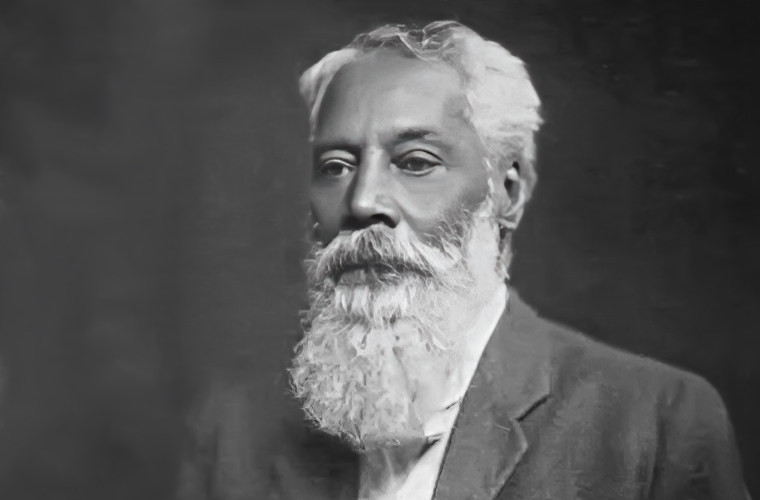Jacob Francis Wheaton’s residence in Hagerstown, Maryland holds a significant historical distinction as being the final refuge for fugitive slaves on the Underground Railroad before they crossed over into Pennsylvania. This clandestine network of safe houses and secret routes played a pivotal role in assisting enslaved individuals in their quest for freedom during a dark chapter in American history.
Located in Hagerstown, a bustling town in Washington County, Maryland, Wheaton’s home served as a crucial link in the Underground Railroad’s intricate network. This network was a lifeline for those seeking to escape the horrors of slavery and find solace in the promise of freedom.
Jacob Francis Wheaton, a prominent abolitionist and devout Quaker, dedicated his life to the cause of emancipation. His home became a sanctuary for countless enslaved individuals who risked everything for a chance at liberation. Wheaton’s unwavering commitment to justice and equality made him a central figure in the fight against slavery. Hagerstown, situated close to the Mason-Dixon Line, held strategic importance for those seeking to flee to Pennsylvania, a free state. Wheaton’s residence provided temporary shelter, nourishment, and guidance to those brave souls who dared to embark on the treacherous journey toward freedom.
The Underground Railroad operated in utmost secrecy, with its routes and safe houses carefully guarded secrets. Wheaton’s home was no exception. Its unassuming facade concealed the crucial role it played in the clandestine network. Inside its walls, fugitive slaves found respite from their arduous journeys, as well as invaluable assistance from Wheaton and his network of supporters.
Wheaton’s home was more than just a refuge; it was a hub of resistance against the oppressive institution of slavery. It served as a meeting place for abolitionist activists, where strategies were devised and plans were made to aid those seeking liberation. Wheaton’s dedication extended beyond providing temporary shelter; he actively participated in guiding fugitive slaves toward their ultimate goal of reaching Pennsylvania.
The journey from Hagerstown to Pennsylvania was fraught with danger. Fugitive slaves faced numerous obstacles, including slave catchers, treacherous terrains, and the constant fear of discovery. Wheaton and his fellow abolitionists played a vital role in ensuring safe passage and minimizing these risks. Their tireless efforts and unwavering dedication saved countless lives and brought hope to those trapped in the clutches of slavery.
The legacy of Jacob Francis Wheaton and his home in Hagerstown endures as a testament to the resilience and determination of those who fought against the injustice of slavery. Today, the significance of this historic site is recognized and preserved, serving as a reminder of the sacrifices made by countless individuals in the pursuit of freedom.
Visitors to Hagerstown can explore this important piece of history through guided tours and educational programs. The stories of bravery and resilience that unfolded within the walls of Wheaton’s home offer a glimpse into the struggles faced by those seeking freedom during a dark period in American history.
Jacob Francis Wheaton’s home stands as a powerful symbol of hope and resistance against oppression. It serves as a reminder that even in the face of overwhelming adversity, individuals like Wheaton and his network of supporters were able to make a difference. Their tireless efforts on the Underground Railroad continue to inspire and educate generations about the importance of fighting for justice and equality.

